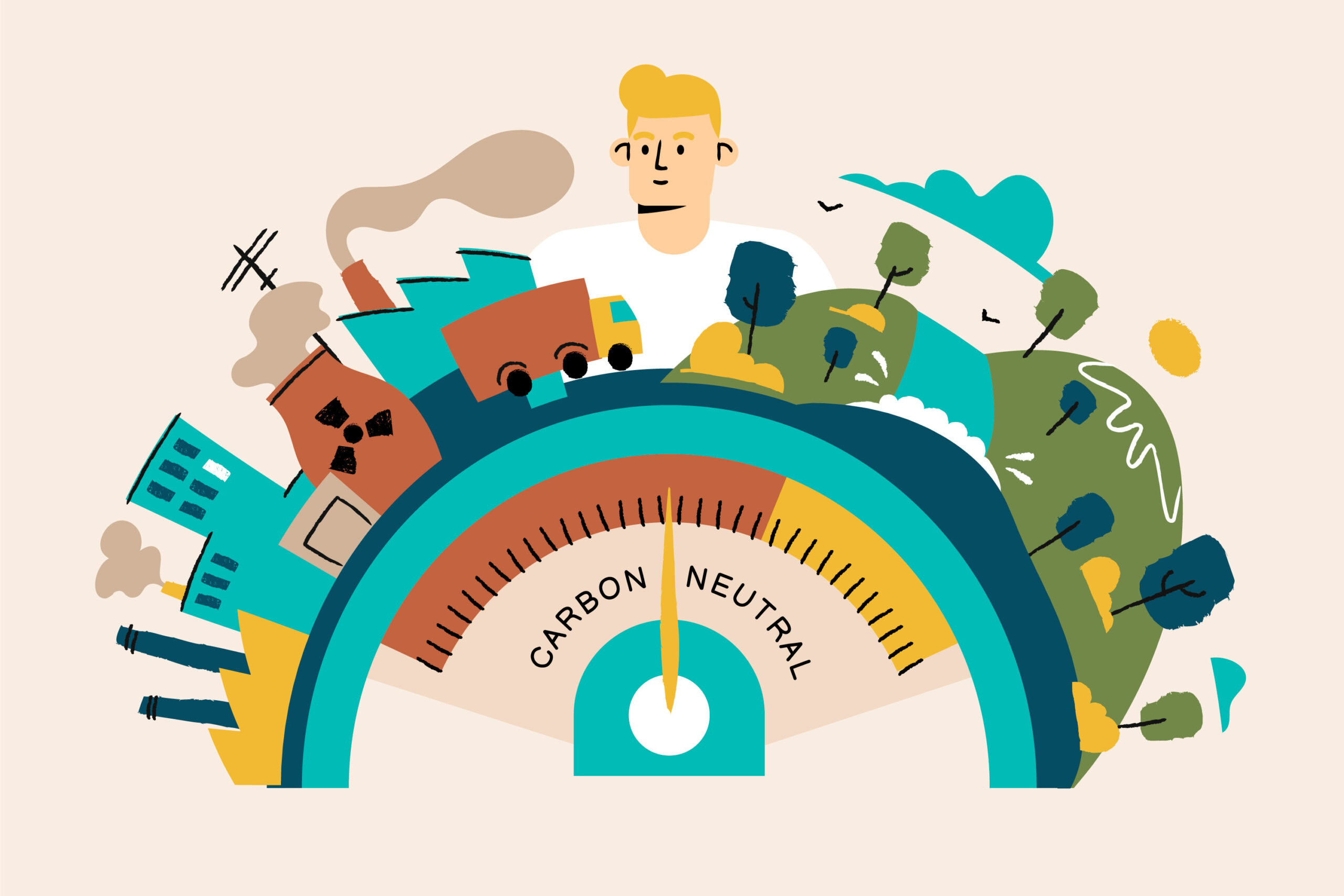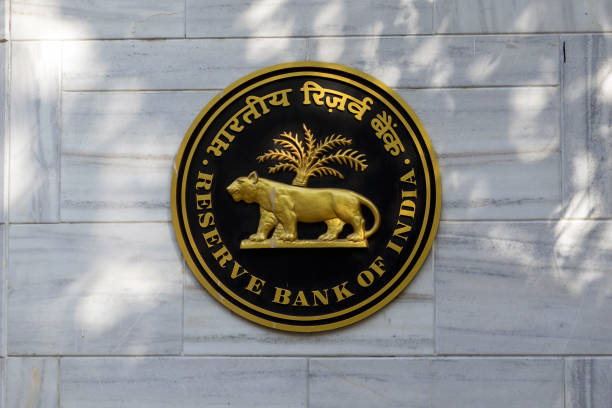India’s economic transformation has been one of the most remarkable stories of the last decade. Millions of micro, small, and medium enterprises (MSMEs) have emerged as the lifeblood of local economies, while a fast-growing digital ecosystem, supported by massive data centres, powers the nation’s AI ambitions, cloud computing, e-commerce and global IT exports.
But this success story is playing out against a stark and accelerating backdrop: climate change is no longer a distant, abstract threat. It is here, it is intensifying, and it is disrupting operations, damaging infrastructure and inflating costs for businesses of all sizes. Extreme weather events, sea-level rise, heatwaves and erratic rainfall patterns are not just environmental issues they are now central to India’s economic stability.
The Backbone under Siege
For India’s SMEs, climate risks are layered and complex. These enterprises often operate from industrial clusters or semi-urban zones that are highly exposed to climate hazards. A single prolonged flood can wipe out inventory, damage machinery and force weeks of downtime. Extreme heat can slow down production, disrupt working conditions and increase energy costs for cooling. Erratic rainfall impacts both agriculture-linked SMEs and those dependent on stable supply chains for raw materials.
The reality is that most SMEs lack the financial cushioning or insurance coverage to absorb such shocks. Rising insurance premiums or outright denial of coverage for high-risk zones are making matters worse. Even a short-term disruption can push a small unit into financial distress, especially when thin profit margins are the norm.
Climate Risks to the Digital Nerve System
While SMEs face visible physical risks, India’s data centre sector, the invisible powerhouse of the digital economy, is equally vulnerable. The 2025 Global Data Centre Physical Climate Risk and Adaptation Report by climate analytics firm XDI paints a stark picture: over 12% of Indian data centres are projected to face high climate risk by 2050.
The hazards range from urban flooding and cyclonic winds to extreme heatwaves that strain cooling systems, soil instability that compromises structural integrity, and even the growing risk of forest fires in certain geographies. These facilities run 24/7, demand uninterrupted power and require precise temperature control. Even short-term climate-related outages can cause cascading disruptions across banking, healthcare, e-commerce and governance systems.
States and Cities in the Crosshairs
Several Indian states stand out in global climate risk rankings. Uttar Pradesh, for example, ranks second globally for physical climate risk to data centres, with nearly 62% of its facilities facing high exposure to hazards such as flooding and extreme weather. Other high-vulnerability hubs include Chennai, Mumbai, Noida, Hyderabad and Bengaluru all of which are critical to both domestic and global digital infrastructure.
According to the report, more than 228 Indian data centre facilities (operational, under construction or planned) have been assessed, with billions of dollars in cumulative investment at stake. If global emissions remain high, the probability of severe physical damage could more than double by 2100, potentially rendering some locations economically unviable.
Shared Risks, Different Faces
The parallels between SME and data centre vulnerabilities are striking. Both depend on reliable infrastructure, yet both are increasingly affected by the same environmental pressures flooding, heatwaves, water scarcity and power instability.
For SMEs, these translate into production halts and supply chain breakdowns. For data centres, they mean downtime, cooling system overload and escalating operational expenses. And in both cases, there’s a looming insurance challenge: facilities deemed “high risk” may become uninsurable and those at moderate risk face premium hikes that squeeze margins.
Early Signs of Adaptation
There are encouraging examples of adaptation, but they remain fragmented.
Some forward-looking SMEs are investing in solar rooftops, rainwater harvesting, and elevated production floors to mitigate flood damage. Others are exploring off-grid energy storage to maintain operations during outages.
Data centre operators, on their part, are integrating advanced liquid cooling systems, elevating critical equipment above potential flood levels, waterproofing infrastructure and adopting renewable-powered operations to reduce dependency on fossil-fuel-based grids vulnerable to heatwaves. The Indian Green Building Council’s new Climate-Resilient Green Data Centre Certification is a step towards embedding resilience standards in design and construction.
Policy and Investment Gaps
While India’s government has rolled out incentives for data centre development and industrial growth particularly in states like Uttar Pradesh, Maharashtra and Tamil Nadu climate resilience is still often treated as an add-on rather than a baseline requirement.
For SMEs, targeted financial tools such as low-interest climate adaptation loans, cluster-level risk mitigation infrastructure and affordable insurance solutions are essential. For data centres, mandatory climate risk disclosures, site-level vulnerability assessments and minimum adaptation standards could make the sector future-proof. Private capital also has a role to play, by prioritizing investment in businesses and facilities that demonstrate climate readiness.
Resilience as a Competitive Advantage
In a warming world, resilience is not just about survival it’s about maintaining competitiveness. For SMEs, this means ensuring that climate disruptions do not derail growth trajectories or erode hard-earned market share. For data centres, it’s about guaranteeing uptime, maintaining service-level agreements and safeguarding client trust.
If resilience planning becomes a core business strategy integrated into operations, financing, and expansion plans India can turn a looming climate challenge into an opportunity for innovation and leadership.
The Urgency of Now
The next decade will determine whether India’s economic infrastructure from its smallest workshops to its largest server farms can withstand climate pressures without losing momentum. The choice is stark: act now with systemic, well-funded resilience measures or risk a future of recurring disruptions, economic losses and diminished global standing.
Resilience, in this context, is not a luxury. It is the foundation upon which India’s sustainable prosperity will be built.











